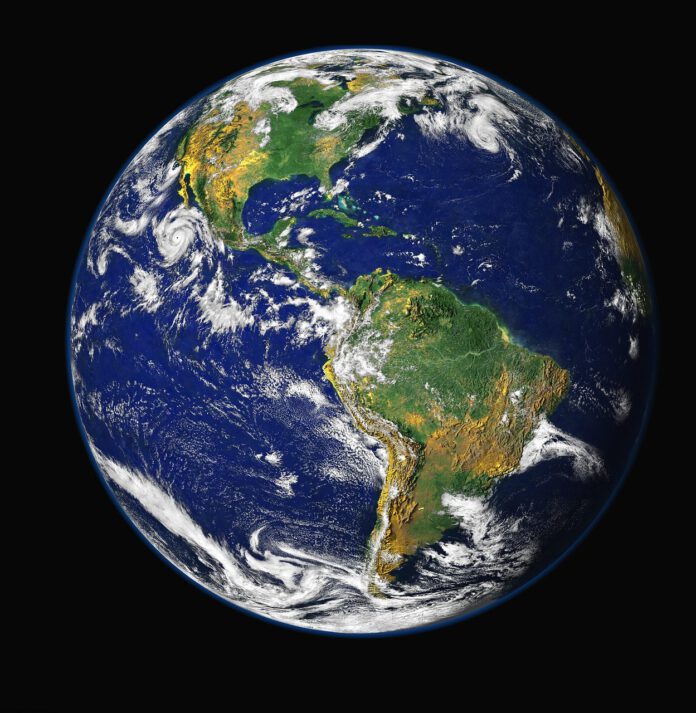
The Evolution Of Life: The Role Of Earth’s Magnetic Field And Oxygen
The evolution of life on Earth can be seen as a series of fortunate coincidences. One such coincidence that researchers have potentially unveiled pertains to an unusual decline in the Earth’s magnetic field that occurred between 591 and 565 million years ago. This decline coincides with a significant increase in the level of oxygen in the atmosphere and oceans. Hence, it’s suggested that the weakening of the Earth’s magnetic field may have led to an increase in oxygen levels, promoting the evolution of some of the earliest complex organisms.
Ediacaran Biota
For some context, between 600 and 540 million years ago, the only life forms on Earth were part of the Ediacaran biota. These organisms, which are known to be the earliest multicellular animals, had no skeletons. They resided at the bottom of the sea and bore resemblances to fern leaves or the later trilobites. Intriguingly, a considerable number of fossils from this era have been preserved, despite these organisms being solely constituted of soft parts. These fossils demonstrate that between 575 and 565 million years ago, life forms became significantly more diverse in terms of species variety and complexity. Previous research has linked this diversification to a major uptick in the level of oxygen in the atmosphere and the oceans occurring in the same timeframe. However, it remains unclear why the oxygen levels increased.
Plagioclase Crystals
To investigate, researchers at the University of Rochester, USA, analysed the magnetic properties of 21 plagioclase crystals, a mineral commonly found in the Earth’s crust. These crystals were excavated from a rock formation in Brazil, dated 591 million years old. A peculiar aspect of these plagioclase crystals is that they contain tiny magnetic minerals that have stored the intensity of the Earth’s magnetic field at the time of their formation. This makes them extremely suitable for measuring the strength of the magnetic field during the time of the Ediacaran biota. It was found that when the crystals were forming, the Earth’s magnetic field was at its weakest ever, thirty times weaker than it is now and weaker than measurements taken from similar crystals that are 2 billion years old.
Furthermore, the researchers combined their findings with previous measures. This allowed them to deduce that the Earth’s magnetic field remained severely weakened for at least 26 million years, from 591 to 565 million years ago, which precisely overlaps with the rise in oxygen levels from 575 to 565 million years ago.
Increase In Oxygen Percentage
Could there be a connection between these phenomena? The researchers believe so and have even proposed an explanation: they suggest that the weakened magnetic field may have led to more hydrogen escaping into space. This, in turn, resulted in an increased oxygen percentage in the Earth’s atmosphere and oceans. The subsequent boost in oxygen concentration then facilitated species diversification and complexity of organisms. Thus, the weakening of the magnetic field could have been a key factor in the evolution of life on Earth.











